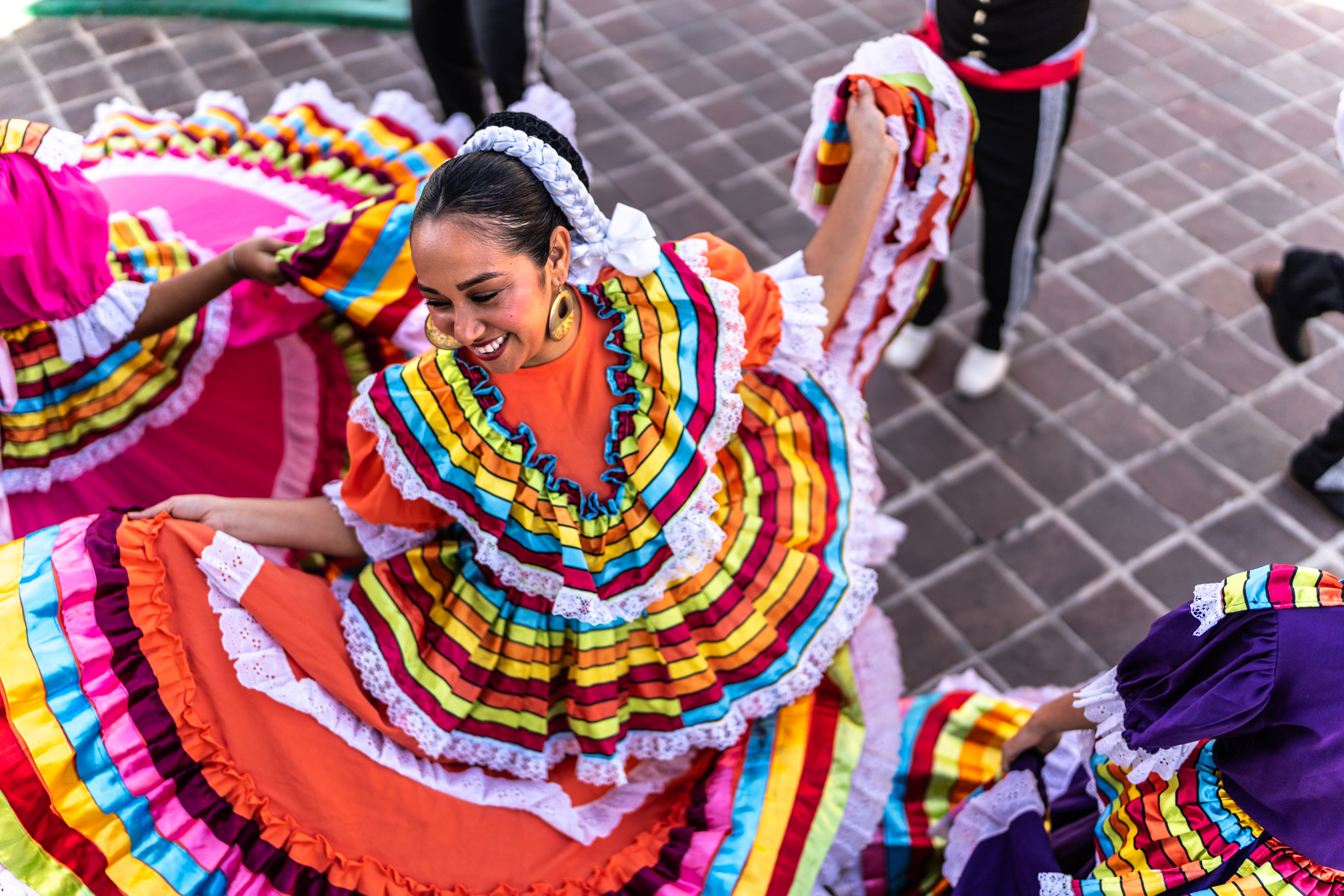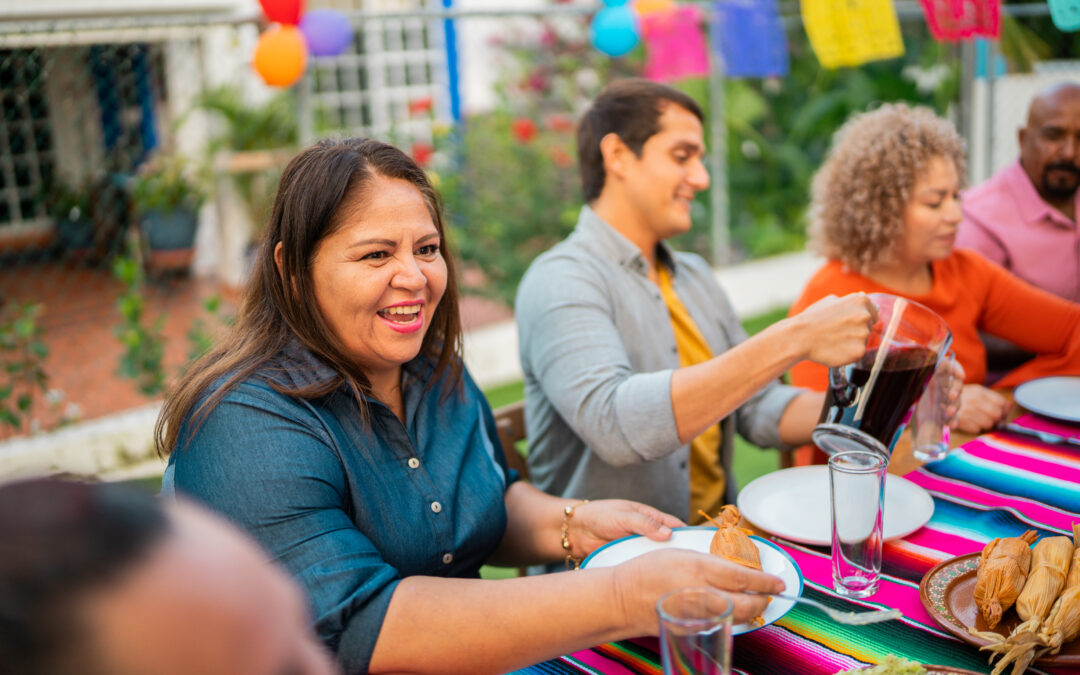This fall, the New York Giants announced Latino Heritage Month activations, partnering with influencers, launching gameday celebrations, and amplifying community voices (NY Giants). Meanwhile, across Times Square, WWD and OUTFRONT Media lit up billboards celebrating Hispanic Heritage Month, spotlighting legendary designers in fashion history (PRN).
Same celebration dates. Different names. So what’s going on here?
For brands, this isn’t just a language question. It’s about identity, inclusivity, and how you choose to show up for one of the most powerful consumer groups in the U.S.
Hispanic vs. Latino: The Basics
According to Pew Research Center (2024):
Hispanic: Refers to people with roots in Spanish-speaking countries, including Spain. This is the official term recognized by U.S. law since 1988 and tied to census categories.
Latino: Refers to people from Latin America, regardless of language. That includes Brazilians but not Spaniards. Many brands prefer this term because it emphasizes regional identity over colonial history.
Latinx/Latine: Gender-neutral options. While usage is low (only about 2% of the population prefers “Latinx”), some organizations adopt these labels to signal inclusivity.
Generations see it differently too: 65% of adults over 65 prefer Hispanic.
Younger adults lean more toward Latino, with 34% identifying with it compared to 43% who stick with Hispanic. So when you see “Latino Heritage Month” campaigns, it’s often a strategic choice to connect with younger audiences and reflect a broader identity.

Why This Month Matters
From September 15 to October 15, Hispanic and Latino Heritage Month celebrates the contributions of communities with roots in Spain, Mexico, the Caribbean, Central, and South America. It’s not just history, it’s culture, tradition, and identity.
And it’s big business. Cultural heritage plays a direct role in purchasing decisions. Brands like Nivea, Pond’s, and Moco de Gorilla have built generational loyalty by honoring beauty rituals and addressing cultural needs like textured hair care (Nielsen IQ). When brands lean in authentically, they don’t just sell, they build trust.
Latino Marketing Is Booming
Just look at the hype around Bad Bunny headlining the next Super Bowl halftime show. For Latinos across the U.S., it’s more than music, it’s cultural representation on the world’s biggest stage.
Moments like these aren’t just entertainment; they’re community touchpoints that spark pride, nostalgia, and belonging. And brands that plug into that energy, authentically, win big.
The future of multicultural marketing isn’t just about picking Hispanic or Latino. It’s about understanding the nuances. A Mexican-American family in Los Angeles won’t respond the same way as a Cuban-American family in Miami (Infillion). As marketers, we have to get more specific, more precise, and more intentional. It’s not about translation. It’s about representation.

At Vaquero Advertising, we don’t just “do” Hispanic marketing. We live it. As a proud Hispanic-owned agency, we understand the cultural layers and the responsibility that comes with them. Whether you call it Hispanic, Latino, or Latine Heritage Month, the key is this: celebrate authentically, respect identity, and connect with community.
Because when you get it right, you don’t just earn attention, you earn loyalty.
#HispanicHeritageMonth, #LatinoHeritageMonth, #LatinxHeritageMonth, #CulturalBranding, #MulticulturalMarketing, #AuthenticAdvertising, #LatinoConsumers, #IdentityInAdvertising, #InclusiveBranding, #CulturalRepresentation, #HispanicMarketing, #LatinoMarketing, #BrandStorytelling, #EmotionalBranding, #VaqueroAdvertising

